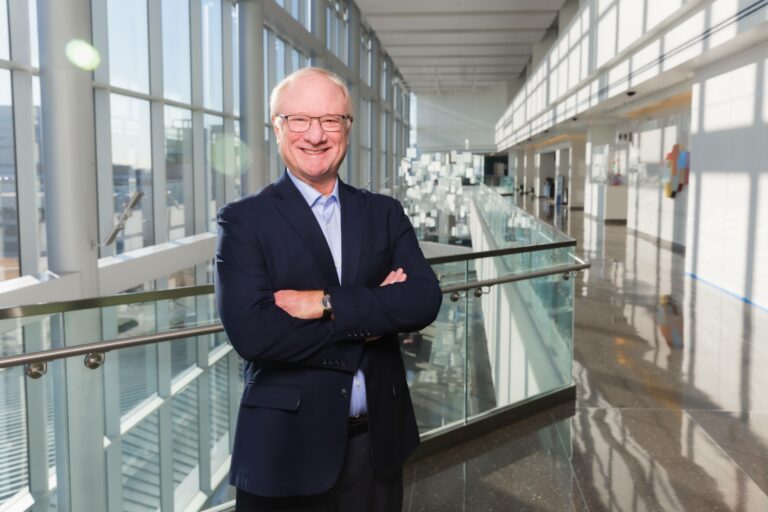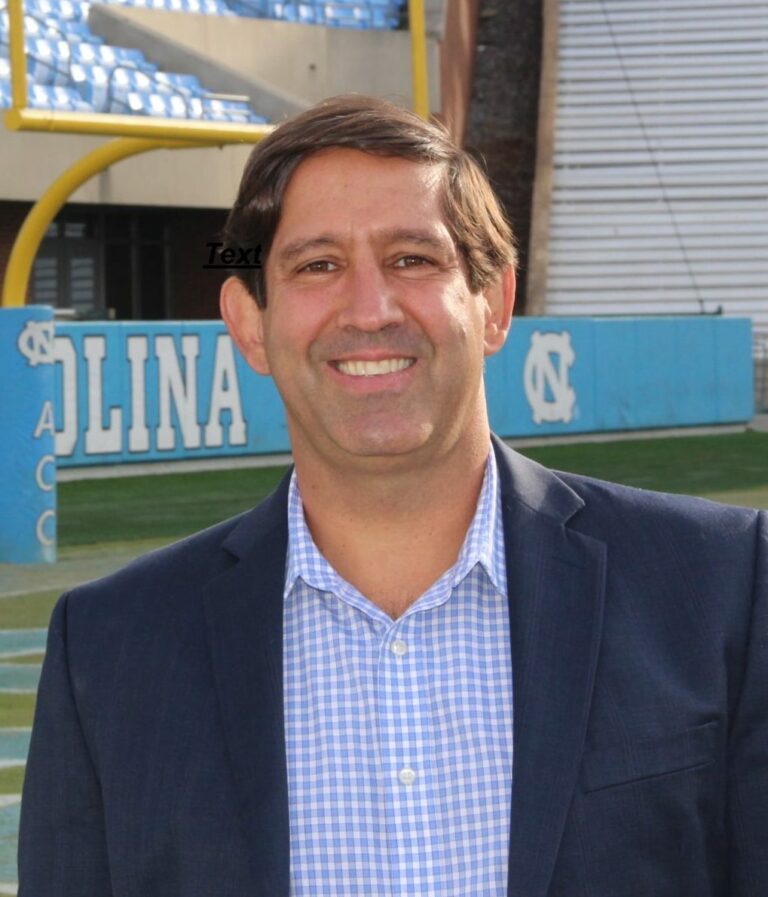
Show 1414: Finding Your Exercise Prescription for Life
Description
This week, two distinguished exercise physiologists tell us why we each need an exercise prescription for life. Dr. Benjamin Levine has worked with the Dallas Bed Rest and Training Study to discover that three weeks of bed rest hurt fitness more than 30 years of normal life. Dr. Claudio Battaglini provides exercise prescriptions for cancer patients so that they will be in better health once they recover from their malignancy.
An Exercise Prescription as Part of Our Daily Hygiene:
A lot of people think they should exercise, but they just don’t feel like it most of the time. Perhaps when you first started flossing your teeth, that’s how you felt about it. Many of the things we do every day as part of our daily hygiene–shower and shampoo, wash the dishes, change our clothes–aren’t exactly fun, but we feel better when we do them. Dr. Levine argues that we should approach physical activity in much the same way. If we build activity into our daily routine rather than make it a special event that requires extra scheduling and effort, it has the power to improve our health.
What Exercise Is Best?
No question here–the best exercise is that one you actually do. Perhaps, like Joe and Dr. Levine, you love playing tennis. Because that is fun, you make time for it whenever you can. Maybe you love running, or dancing, or swimming or walking in the woods. Whatever you most enjoy is a good place to anchor your exercise prescription.
Getting a Varied Diet of Activity:
Tennis is great for those who love it, but it isn’t enough all by itself. We also need to pay attention to the “dose.” We each need a time in the week when we exercise intensely. Dr. Levine likes a Norwegian approach called 4 by 4. You exercise as hard as you can for four minutes, then rest for 30 seconds. Repeat that four times. There are other ways of getting intense activity as well: running up stairs works for some folks. Others like cycling. If you can’t manage it on your own, recruiting friends or signing up for a class may help.
All of us need to strengthen our muscles and bones as well. Consequently, we should find a way of challenging them with resistance training. This could be pushups, pullups, squats or burpees. Or it could be working out with weights or on machines designed to help you build strength.
Recovering from Injury or Heart Attacks:
Back in the 20th century, heart attack patients were often told to avoid exerting themselves. The current thinking is that people need to start moving as soon as possible after a heart attack, gently at first, walking around the room or in the hospital corridors. Once they are ready for discharge, the exercise prescription will probably be for a cardiac rehabilitation exercise program with careful cardiac monitoring. For most people, that will last about three months and insurance pays for it. Then they can graduate to un-monitored exercise.
When people are recovering from an injury, they also need an exercise prescription so they won’t lose too much fitness before they are better. This probably will mean 20 to 30 minutes a day of physical activity that doesn’t put stress on the injured limb.
A Variety of Exercise Specialists:
Our conversation with Dr. Battaglini began with him clarifying the roles of the different types of exercise specialists. The exercise physiologists, like him, are research scientists. Trainers and physical therapists put the data the exercise physiologists discover into practice. The trainer helps athletes achieve their best performance while the physical therapist helps an injured person recover to the best of their ability. In both cases, they are using evidence to provide an exercise prescription.
Dr. Battaglini’s area of practice and research has been with cancer patients. Staying physically active throughout our lives can help reduce our risk for many cancers. However, if a person develops cancer, the treatment can be grueling and lead to fatigue. As with heart disease, thinking has changed. Oncologists used to think that physical activity would make their patients’ fatigue worse. Now, however, the evidence shows that appropriate activity can actually reduce fatigue. The exercise prescription must be personalized to the patient.
Working Out Alone or in Groups:
In the course of his work, Dr. Battaglini was providing exercise programs for breast cancer patients. Each patient had one-on-one attention from a student or intern who served as the coach. But when he read the evaluations from the patients, many wished they could be exercising in a group with other patients. When he made that change to the program, it was a great success. Each one followed her individual exercise plan, and the group provided each other with strong emotional support.
One barrier to using exercise more broadly in the treatment of cancer patients is that insurance companies have not gotten on board. The lack of reimbursement makes it more difficult for cancer centers to provide this important healing service.
This Week's Guests:
Benjamin Levine, MD, FACC, FACSM, FAPS, FAHA, is a Professor in the Department of Internal Medicine at UT Southwestern Medical Center and a member of the Division of Cardiology. He holds the Distinguished Professorship in Exercise Sciences. He is the founding Director of the Institute for Exercise and Environmental Medicine at Texas Health Presbyterian Hospital Dallas, where he also holds the S. Finley Ewing Jr. Chair for Wellness and the Harry S. Moss Heart Chair for Cardiovascular Research. https://utswmed.org/doctors/benjamin-levine/
[caption id="attachment_133694" align="alignnone" width="768"] Dr. Benjamin Levine[/caption]
Dr. Benjamin Levine[/caption]
Claudio L. Battaglini, PhD, FACSM is a Professor of Exercise Physiology and the Director of the Graduate Exercise Physiology Program at the University of North Carolina at Chapel Hill. He is Co-Director of the Exercise Oncology Laboratory in the Department of Exercise and Sport Science at UNC Chapel Hill. Dr. Battaglini is also a member of the UNC Lineberger Comprehensive Cancer Center.
https://exss.unc.edu/faculty-staff/claudio-battaglini/

Confidence
Thank you for sharing your thoughts about one of our products! Please focus on the product performance and quality. Please read our Privacy Policy and Terms of Use for more information about the review process.
